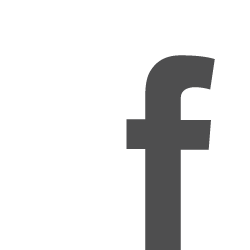Decoding the Dress Code: What is Business Casual?
If you’re new to the work world, knowing what is okay to wear can be a bit mystifying. Dress codes have a lot of variety, and each workplace has its own definition of what is “work-appropriate.”
Here at Reynolds and Reynolds, associates who are not interacting with customers may choose to dress in traditional business or business causal attire. While it's easy to describe traditional business attire, what's “business casual” often has room for interpretation. At Reynolds, the easiest way to describe business casual would be a neat, professional look that is in good taste, yet not overly formal.
Below are a few basic guidelines.
Tops:
There are a variety of options. Button-front shirts or blouses, polo shirts, and sweaters all are commonplace. Avoid items that are in poor condition, and keep the t-shirts and tank tops for the weekends. If you enjoy wearing ties or blazers, those are always acceptable here.
Pants and Skirts:
Dress slacks and pressed khakis are two of the most popular styles of business casual pants for men and women. Many women opt to wear skirts, taking care that the hemline isn't inappropriately short. Avoid shorts and ripped or distressed pants.
Shoes:
For men, black or brown dress shoes or loafers are typical. For women, it's dress heels or flats. Athletic or tennis shoes, flip-flops, and casual sandals are not considered work appropriate.
Accessories:
Adding personality to your wardrobe through accessories is usually more appropriate in a business casual environment. Women may wear statement jewelry or scarves. Men can spiff up an outfit with a belt and watch.
Casual Fridays:
There is one small exception to the above. Most Fridays, Reynolds bends the dress code for a good cause. Associates at our major locations can wear jeans, if they make a small monetary contribution to a local nonprofit. But, dressing down doesn't mean dressing sloppy. You're still expected to wear a professional top, avoid ripped jeans, and wear appropriate footwear.
Other tips for knowing what to wear:
- It’s usually better to overdress than underdress. Keeping a suit jacket in your closet at work provides you with the flexibility to dress up an outfit, which might be needed for an unexpected customer visit or meeting with an executive. And remember: “Dress for the job you want.”
- Stock your closet with staples: neutral-colored dress pants, solid-color button downs, brown or black shoes, and so on. You don’t need to spend a lot to create an appropriate wardrobe.
- Be comfortable. If you’re uncomfortable, it will show. Invest in clothes that both look nice and fit well so you can focus on the tasks at hand rather than what you’re wearing.
Every workplace has a different definition of what business casual is. Use sound judgement and look to your managers as examples. Following their lead can help you look appropriate and professional at work.



















